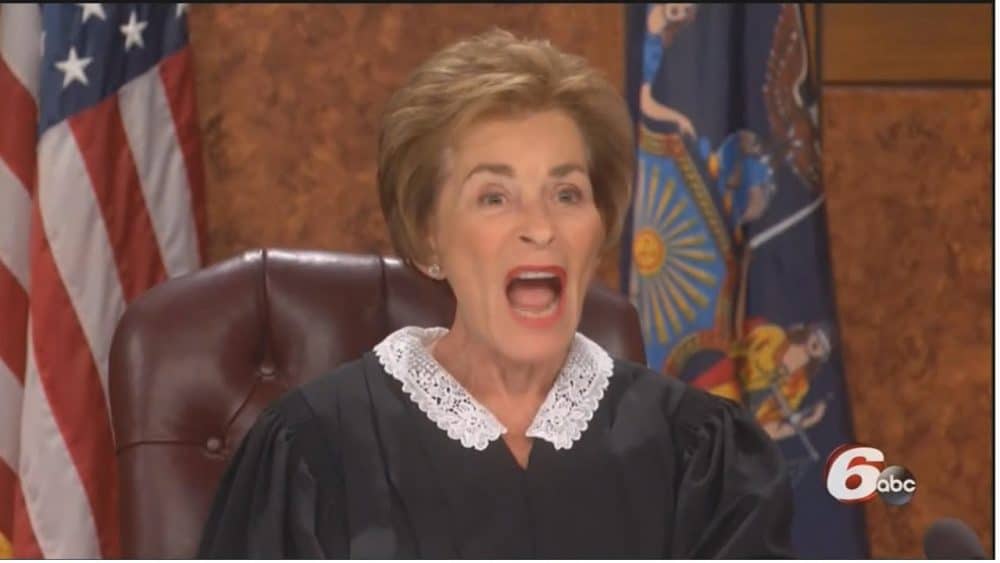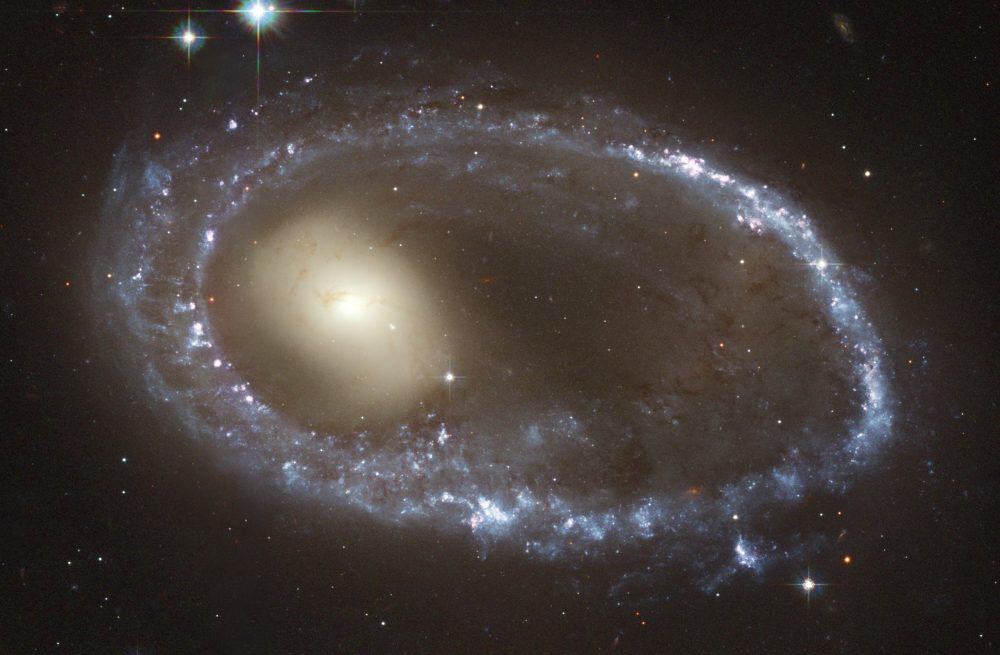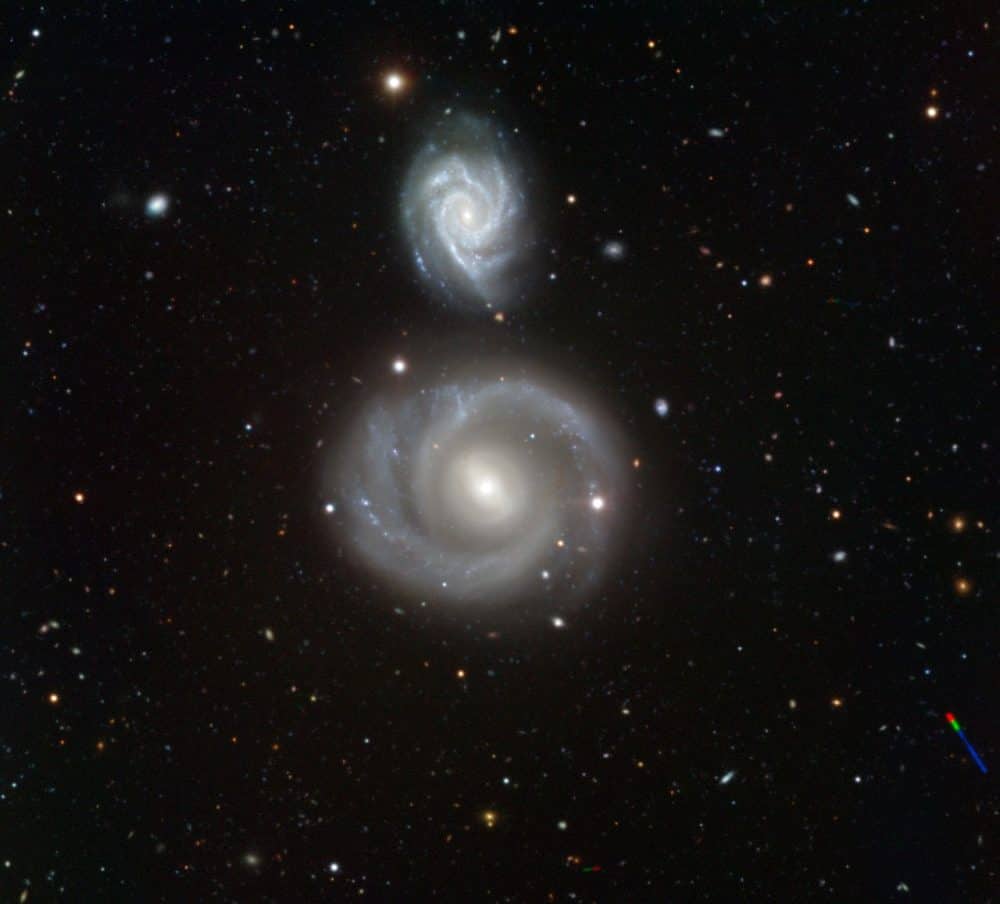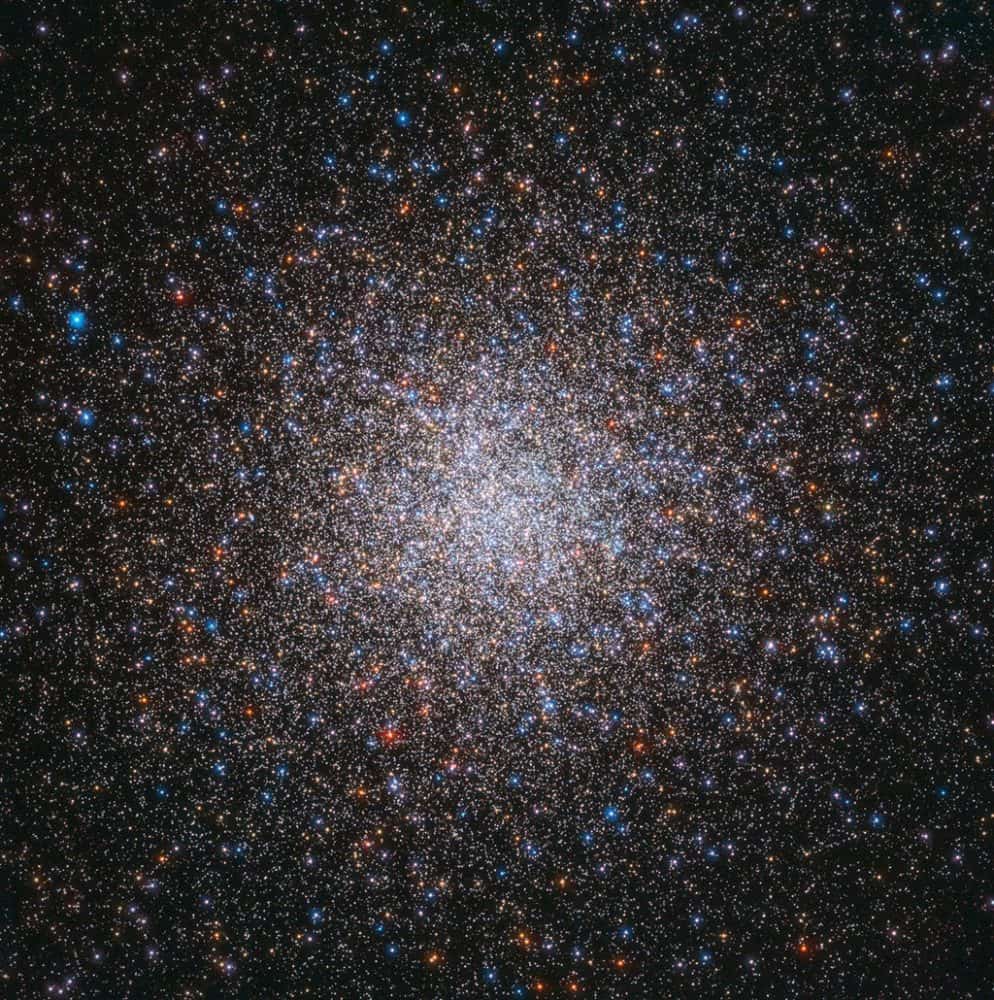Blog
Eleanora Fagan (April 7, 1915 – July 17, 1959 Philadelphia, PA), better known as Billie Holiday, was an American jazz singer with a career spanning nearly thirty years. Nicknamed “Lady Day” by her friend and music partner Lester Young, Holiday had a seminal influence on jazz music and pop singing. Her vocal style, strongly inspired by jazz instrumentalists, pioneered a new way of manipulating phrasing and tempo. She was known for her vocal delivery and improvisational skills, which made up for her limited range and lack of formal music education.
After a turbulent childhood, Holiday began singing in nightclubs in Harlem, where she was heard by the producer John Hammond, who commended her voice. She signed a recording contract with Brunswick in 1935. Collaborations with Teddy Wilson yielded the hit “What a Little Moonlight Can Do“, which became a jazz standard. Throughout the 1930s and 1940s, Holiday had mainstream success on labels such as Columbia and Decca. By the late 1940s, however, she was beset with legal troubles and drug abuse. After a short prison sentence, she performed at a sold-out concert at Carnegie Hall, but her reputation deteriorated because of her drug and alcohol problems.
Though she was a successful concert performer throughout the 1950s with two further sold-out shows at Carnegie Hall, Holiday’s bad health, coupled with a string of abusive relationships and ongoing drug and alcohol abuse, caused her voice to wither. Her final recordings were met with mixed reaction, owing to her damaged voice, but were mild commercial successes. Her final album, Lady in Satin, was released in 1958. Holiday died of cirrhosis on July 17, 1959.
She won four Grammy Awards, all of them posthumously, for Best Historical Album. She was inducted into the Grammy Hall of Fame in 1973. Lady Sings the Blues, a film about her life, starring Diana Ross, was released in 1972. She is the primary character in the play (later made into a film) Lady Day at Emerson’s Bar and Grill; the role was originated by Reenie Upchurch in 1986, and was played by Audra McDonald on Broadway and in the film. In 2017 Holiday was inducted into the National Rhythm & Blues Hall of Fame.
more...https://www.youtube.com/watch?v=4_c07lH6wcU
more...JUDGE JUDY APPEARANCE!
For Legal Concerns, Stipulations and Agreements, I cannot reveal the outcome of todays Judge Judy filming; until it is aired perhaps in a month or two out. I do not have a airing date yet. And I think I can safely say I did get YELLED AT lol. However we did have a outrageous blast!
AM 0644-741, also known as the Lindsay-Shapley Ring, is an unbarred lenticular galaxy, and a ring galaxy, which is 300 million light-years away in the southern constellation Volans. The yellowish nucleus was once the center of a normal spiral galaxy, and the ring which currently surrounds the center is 150,000 light years in diameter. The ring is theorized to have formed by a collision with another galaxy, which triggered a gravitational disruption that caused dust in the galaxy to condense and form stars, which forced it to then expand away from the galaxy and create a ring. The ring is a region of rampant star formation dominated by young, massive, hot blue stars. The pink regions along the ring are rarefied clouds of glowing hydrogen gas that is fluorescing as it is bombarded with strong ultraviolet light from the blue stars. Galactic simulation models suggest that the ring of AM 0644-741 will continue to expand for about another 300 million years, after which it will begin to disintegrate.
more...Arthur S. Taylor, Jr. (April 6, 1929 – February 6, 1995) was an American jazz drummer who “helped define the sound of modern jazz drumming”.
In 1963 he moved to Europe, where he lived mainly in France and Belgium for 20 years, playing with local groups and jazz musicians such as Johnny Griffin, John Bodwin and with travelling American musicians such as Woody Shaw during the latter’s tenure in Paris.
more...Charlie Rouse (April 6, 1924 – November 30, 1988) was an American hard bop tenor saxophonist and flautist. His career is marked by his collaboration with Thelonious Monk, which lasted for more than ten years.Rouse was born in Washington, DC in 1924. At first he worked with the clarinet, before turning to the saxophone.
Rouse began his career with the Billy Eckstine Orchestra in 1944, followed by the Dizzy Gillespie Big Band in 1945, the Duke Ellington Orchestra from 1949 to 1950, the Count Basie Octet in 1950, Bull Moose Jackson And His Buffalo Bearcats in 1953, and the Oscar Pettiford Sextet in 1955. He made his recording debut with Tadd Dameron in 1947, and in 1957 made a notable album with Paul Quinichette.
more...Walter Horton, better known as Big Walter (Horton) or Walter “Shakey” Horton (April 6, 1921 – December 8, 1981) was an American blues harmonica player. A quiet, unassuming, shy man, he is remembered as one of the premier harmonica players in the history of blues. Willie Dixon once called Horton “the best harmonica player I ever heard.”
Robert Palmer named him as “one of the three great harmonica soloists of modern blues”, with the two others being cited as Little Walter and Sonny Boy Williamson II. Horton was born in Horn Lake, Mississippi. Horton claimed to be born in 1917, His birth date is often cited as April 6, 1918, although some sources give the year as 1917 or 1921. He was playing the harmonica by the time he was five years old. In his early teens, he lived in Memphis, Tennessee. He claimed that his earliest recordings were done there in the late 1920s with the Memphis Jug Band, but there is no documentation of them, and some blues researchers have stated that this story was likely to have been fabricated by Horton.
Like many of his peers, he lived on a meager income during much of his career and endured racial discrimination in the racially segregated United States. In the 1930s he played with numerous blues performers in the Mississippi Delta region. It is generally accepted that he was first recorded in Memphis, backing the guitarist Little Buddy Doyle on Doyle’s recordings for Okeh Records and Vocalion Records in 1939. These recordings were acoustic duets, in a style popularized by Sleepy John Estes and his harmonicist Hammie Nixon, among others. On these recordings, Horton’s style was not yet fully realized, but there are clear hints of what was to come. He eventually stopped playing the harmonica for a living, because of poor health, and worked mainly outside the music industry in the 1940s. By the early 1950s, he was playing music again. He was among the first to be recorded by Sam Phillips, at Sun Records in Memphis, who later recorded Elvis Presley, Carl Perkins, and Johnny Cash. For his recordings for Sun, Horton was accompanied by the young pianist Phineas Newborn, Jr., who later was a well-known jazz pianist. Horton’s instrumental track “Easy”, recorded around this time, was based on Ivory Joe Hunter‘s “I Almost Lost My Mind“.
During the early 1950s he appeared on the Chicago blues scene, frequently playing with Memphis and Delta musicians who had also moved north, including the guitarists Eddie Taylor and Johnny Shines. When Junior Wells left the Muddy Waters band at the end of 1952, Horton replaced him long enough to play on one session, in January 1953.
Also known as Mumbles and Shakey (because of his head motion while playing the harmonica), Horton was active in the Chicago blues scene during the 1960s, as blues music gained popularity with white audiences. From the early 1960s onward, he recorded and frequently performed as a sideman with Taylor, Shines, Johnny Young, Sunnyland Slim, Willie Dixon and many others.
more...Tanzania
more...This beautiful image portrays the galaxies NGC 799 (below) and NGC 800 (above) located in the constellation of Cetus (The Whale). This pair of galaxies was first observed by the American astronomer Lewis Swift back in 1885.
Located at a distance of about 300 million light-years, our face-on view allows us to clearly appreciate their shapes. Like the Milky Way — our galaxy — these objects are both spiral galaxies, with characteristic long arms winding towards a bright bulge at the centre. In the prominent spiral arms, a large number of hot, young, blue stars are forming in clusters (tiny blue dots seen in the image) whereas in the central bulge a large group of cooler, redder, old stars are packed into a compact, almost spherical region.
At first glance, these galaxies look rather similar, but the devil is in the detail. Apart from the obvious difference in size, only NGC 799 has a bar structure, extending from its central bulge, and the spiral arms wind out from the ends of the bar. Galactic bars are thought to act as a mechanism that channels gas from the spiral arms to the centre, intensifying star formation. A supernova was also observed in NGC 799 in 2004, and was given the name SN2004dt.
Another interesting differentiating feature is the number of spiral arms. The small NGC 800 has three bright, knotty spiral arms, whilst NGC 799 only has two relatively dim, but broad spiral arms. These start at the end of the bar and wrap nearly completely around the galaxy forming a structure that looks almost like a ring.
While it might seem that this image depicts two impressive close spiral galaxies coexisting in an everlasting peace, nothing can be further than the truth. We could be just witnessing the calm before the storm. We don’t know exactly what the future will bring, but typically, when two galaxies are close enough, they interact over hundreds of millions of years by means of gravitational disturbances. In some cases, only minor interactions occur, causing shape distortions, but sometimes galaxies collide, merging to form a single, new and larger galaxy.
more...Paul Oscher (born April 5, 1950) is an American blues singer, songwriter, and instrumentalist.
He first began playing harmonica at the age of 12. His career as a musician began at the age of 15 when he played for the musician Little Jimmy Mae.
Oscher played harmonica as a member of the Muddy Waters Blues Band from 1967 until 1972. He was the first Caucasian musician in Muddy’s band and lived in Muddy’s house on Chicago’s South Side and shared the basement with the blues pianist Otis Spann. Oscher recorded with Muddy for Chess Records, and in 1976 he toured Europe with Louisiana Red. They both appeared at the WDR-TV music show Rockpalast. In 1999, he played with Big Bill Morganfield on his debut album, Rising Son. In 2003 Oscher was featured on harmonica, guitar and vocals on Hubert Sumlin‘s album About Them Shoes, along with Keith Richards, Eric Clapton and Levon Helm. In 2006, Oscher collaborated with Mos Def and recorded the song “Bed Stuy Parade and Funeral March” on Mos Def’s album The New Danger. In 2008 he recorded with Keb’ Mo’ on the soundtrack of a film about the blues, Who Do You Love?.
more...Stanley William Turrentine (April 5, 1934 – September 12, 2000) was an American jazz tenor saxophonist. He began his career playing R&B for Earl Bostic and later soul jazz recording for the Blue Note label from 1960, touched on jazz fusion during a stint on CTI in the 1970s. He was described by critic Steve Huey as “renowned for his distinctively thick, rippling tone [and] earthy grounding in the blues.” Turrentine was married to organist Shirley Scott in the 1960s, with whom he frequently recorded, and was the younger brother of trumpeter Tommy Turrentine.
Turrentine was born in Pittsburgh‘s Hill District into a musical family. His father, Thomas Turrentine, Sr., was a saxophonist with Al Cooper’s Savoy Sultans, his mother played stride piano, and his older brother Tommy Turrentine became a professional trumpet player.
He began his prolific career with blues and rhythm and blues bands, and was at first greatly influenced by Illinois Jacquet. In the 1950s, he went on to play with the groups of Lowell Fulsonand Earl Bostic. In Bostic’s group, he replaced John Coltrane in 1953 and also played in groups led by the pianist and composer Tadd Dameron.
Turrentine received his only formal musical training during his military stint in the mid-’50s. In 1959, he left the military and went straight into the band of the drummer Max Roach.
He married the organist Shirley Scott in 1960 and the two frequently played and recorded together. In the 1960s, he started working with organist Jimmy Smith, and made many soul jazzrecordings both with Smith and as a leader.
https://www.youtube.com/watch?v=YTQbhLnrqFo
more...Billy Bland (April 5, 1932, Wilmington, North Carolina – March 22, 2017, New York City) was an American R&B singer and songwriter.
Bland, the youngest of 19 children, first sang professionally in 1947 in New York, and sang with a group called The Bees in the 1950s on New Orleans‘s Imperial Records. In 1954, “Toy Bell” by the group caused some unrest by veering into the dirty blues genre. Dave Bartholomew brought them to New Orleans, where they recorded a song he had written and recorded twice before: firstly in 1952 for King Records as “My Ding-a-Ling,” and later that year for Imperial as “Little Girl Sing Ting-A-Ling.” Bland later pursued a solo career.
In 1960, Bland heard Titus Turner recording the song “Let the Little Girl Dance” in the studio, and demonstrated for Turner how to sing it (along with guitarist Mickey Baker and other session musicians). The event was recorded by record producer Henry Glover, and was eventually released as a single. The tune was a hit in the U.S., peaking at number 11 on the US BillboardR&B chart. and number 7 on the Billboard Hot 100. Bland had two other minor hits that year, “Harmony” (U.S. Hot 100 number 91) and “You Were Born to Be Loved” (U.S. Hot 100 number 94). He recorded until 1963 for Old Town, and then quit the music industry.
In the 1980s, he ran a soul food restaurant in Harlem.
more...Flamenco Fridays with Alegrias.
Alegrías (Spanish pronunciation: [aleˈɣɾi.as]) is a flamenco palo or musical form, which has a rhythm consisting of 12 beats. It is similar to Soleares. Its beat emphasis is as follows: 1 2 [3] 4 5 [6] 7 [8] 9 [10] 11 [12]. Alegrías originated in Cádiz. Alegrías belongs to the group of palos called Cantiñas and it is usually played in a lively rhythm (120-170 beats per minute). The livelier speeds are chosen for dancing, while quieter rhythms are preferred for the song alone.
One of the structurally strictest forms of flamenco, a traditional dance in alegrías must contain each of the following sections: a salida (entrance), paseo (walkaround), silencio (similar to an adagio in ballet), castellana (upbeat section) zapateado (Literally “a tap of the foot”) and bulerías. This structure though, is not followed when alegrías are sung as a standalone song (with no dancing). In that case, the stanzas are combined freely, sometimes together with other types of cantiñas.
more...
After the Crab Nebula, M1, this giant star cluster is the second entry in 18th century astronomer Charles Messier’s famous list of things with are not comets. M2 is one of the largest globular star clusters now known to roam the halo of our Milky Way galaxy. Though Messier originally described it a nebula without stars, this stunning Hubble image resolves stars across the central 40 light-years of M2. Its population of stars numbers close to 150,000, concentrated within a total diameter of around 175 light-years. About 55,000 light-years distant toward the constellation Aquarius, this ancient denizen of the Milky Way, also known as NGC 7089, is 13 billion years old.
more...Hugh Ramapolo Masekela (4 April 1939 – 23 January 2018) was a South African trumpeter, flugelhornist, cornetist, composer and singer. He has been described as “the father of South African jazz.” Masekela was known for his jazz compositions and for writing well-known anti-apartheid songs such as “Soweto Blues” and “Bring Him Back Home“. He also had a number-one US pop hit in 1968 with his version of “Grazing in the Grass“.
A renewed interest in his African roots led Masekela to collaborate with West and Central African musicians, and finally to reconnect with Southern African players when he set up with the help of Jive Records a mobile studio in Botswana, just over the South African border, from 1980 to 1984. Here he re-absorbed and re-used mbaqanga strains, a style he continued to use following his return to South Africa in the early 1990s.
In 1985 Masekela founded the Botswana International School of Music (BISM), which held its first workshop in Gaborone in that year. The event, still in existence, continues as the annual Botswana Music Camp, giving local musicians of all ages and from all backgrounds the opportunity to play and perform together. Masekela taught the jazz course at the first workshop, and performed at the final concert.
Also in the 1980s, Masekela toured with Paul Simon in support of Simon’s album Graceland, which featured other South African artists such as Ladysmith Black Mambazo, Miriam Makeba, Ray Phiri, and other elements of the band Kalahari, with which Masekela recorded in the 1980s. He also collaborated in the musical development for the Broadway play, Sarafina! and recorded with the band Kalahari.
Masekela in Cambridge, Massachusetts, June 2013
In 2003, he was featured in the documentary film Amandla!: A Revolution in Four-Part Harmony. In 2004, he released his autobiography, Still Grazing: The Musical Journey of Hugh Masekela, co-authored with journalist D. Michael Cheers,[31] which detailed Masekela’s struggles against apartheid in his homeland, as well as his personal struggles with alcoholism from the late 1970s through to the 1990s. In this period, he migrated, in his personal recording career, to mbaqanga, jazz/funk, and the blending of South African sounds, through two albums he recorded with Herb Alpert, and solo recordings, Techno-Bush (recorded in his studio in Botswana), Tomorrow (featuring the anthem “Bring Him Back Home”), Uptownship (a lush-sounding ode to American R&B), Beatin’ Aroun de Bush, Sixty, Time, and Revival. His song “Soweto Blues“, sung by his former wife, Miriam Makeba, is a blues/jazz piece that mourns the carnage of the Soweto riots in 1976.[32] He also provided interpretations of songs composed by Jorge Ben, Antônio Carlos Jobim, Caiphus Semenya, Jonas Gwangwa, Dorothy Masuka and Fela Kuti.
more...Jake Hanna (April 4, 1931 – February 12, 2010) was an American jazz drummer.
Hanna first performed in his home town of Boston. He was the house drummer at Storyville for a number of years in the 1950s and 1960s. He played with Toshiko Akiyoshi (1957), Maynard Ferguson (1958), Marian McPartland (1959–61), and Woody Herman‘s Orchestra (1962–64). He appears with the Mort Lindsey Orchestra on Judy Garland‘s multi Grammy award-winning live album, Judy at Carnegie Hall (1961). He did extensive work as a studio musician both in and out of jazz, including a period as the drummer for the big band of the Merv Griffin Show(1964–75). He recorded several albums with Carl Fontana for Concord Jazz in the mid-1970s and also played in Supersax. Later in his career he did much work as a sideman for Concord.[1]Hanna died on February 12, 2010 in Los Angeles, California of complications from blood disease.
more...McKinley Morganfield (April 4, 1913 – April 30, 1983), known professionally as Muddy Waters, was an American blues singer-songwriter and musician who is often cited as the “father of modern Chicago blues“, and an important figure on the post-war blues scene.
Muddy Waters grew up on Stovall Plantation near Clarksdale, Mississippi, and by age 17 was playing the guitar and the harmonica, emulating the local blues artists Son House and Robert Johnson. He was recorded in Mississippi by Alan Lomax for the Library of Congress in 1941. In 1943, he moved to Chicago to become a full-time professional musician. In 1946, he recorded his first records for Columbia Records and then for Aristocrat Records, a newly formed label run by the brothers Leonard and Phil Chess.
In the early 1950s, Muddy Waters and his band—Little Walter Jacobs on harmonica, Jimmy Rogers on guitar, Elga Edmonds (also known as Elgin Evans) on drums and Otis Spann on piano—recorded several blues classics, some with the bassist and songwriter Willie Dixon. These songs included “Hoochie Coochie Man“, “I Just Want to Make Love to You” and “I’m Ready“. In 1958, he traveled to England, laying the foundations of the resurgence of interest in the blues there. His performance at the Newport Jazz Festival in 1960 was recorded and released as his first live album, At Newport 1960.
Muddy Waters’ influence is incalculable, on blues as well as other American idioms—such as Rock and roll and Rock music.
Muddy Waters’ birthplace and date are not conclusively known. He stated that he was born in Rolling Fork, Mississippi, in 1915, but other evidence suggests that he was born in Jug’s Corner, in neighboring Issaquena County, in 1913.In the 1930s and 1940s, before his rise to fame, the year of his birth was reported as 1913 on his marriage license, recording notes, and musicians’ union card. A 1955 interview in the Chicago Defender is the earliest in which he stated 1915 as the year of his birth, and he continued to say this in interviews from that point onward. The 1920 census lists him as five years old as of March 6, 1920, suggesting that his birth year may have been 1914. The Social Security Death Index, relying on the Social Security card application submitted after his move to Chicago in the mid-1940s, lists him as being born April 4, 1913. His gravestone gives his birth year as 1915.
more...More Posts
- The Cosmos with NGC 5128
- Cyrus Chestnut
- Billy Harper
- Cedar Walton
- Sidney “Big Sid” Catlett
- World Music with Vildá
- Daily Roots with Brother Joe & the Rightful Bros
- Surviving the Pandemic and Realizing Racial Justice
- The Cosmos with NGG 2174
- Aldo Romano
- Barbara Lynn
- World Music with Tunde Jegede
- Daily Roots with the Survivors
- Surviving the Pandemic and Realizing Racial Justice
- The Cosmos with NGC 2244
- Captain Beefheart
- Earl Hooker
- Gene Krupa
- Roosevelt Holts
- Flamenco Fridays with Maria Albaicin




